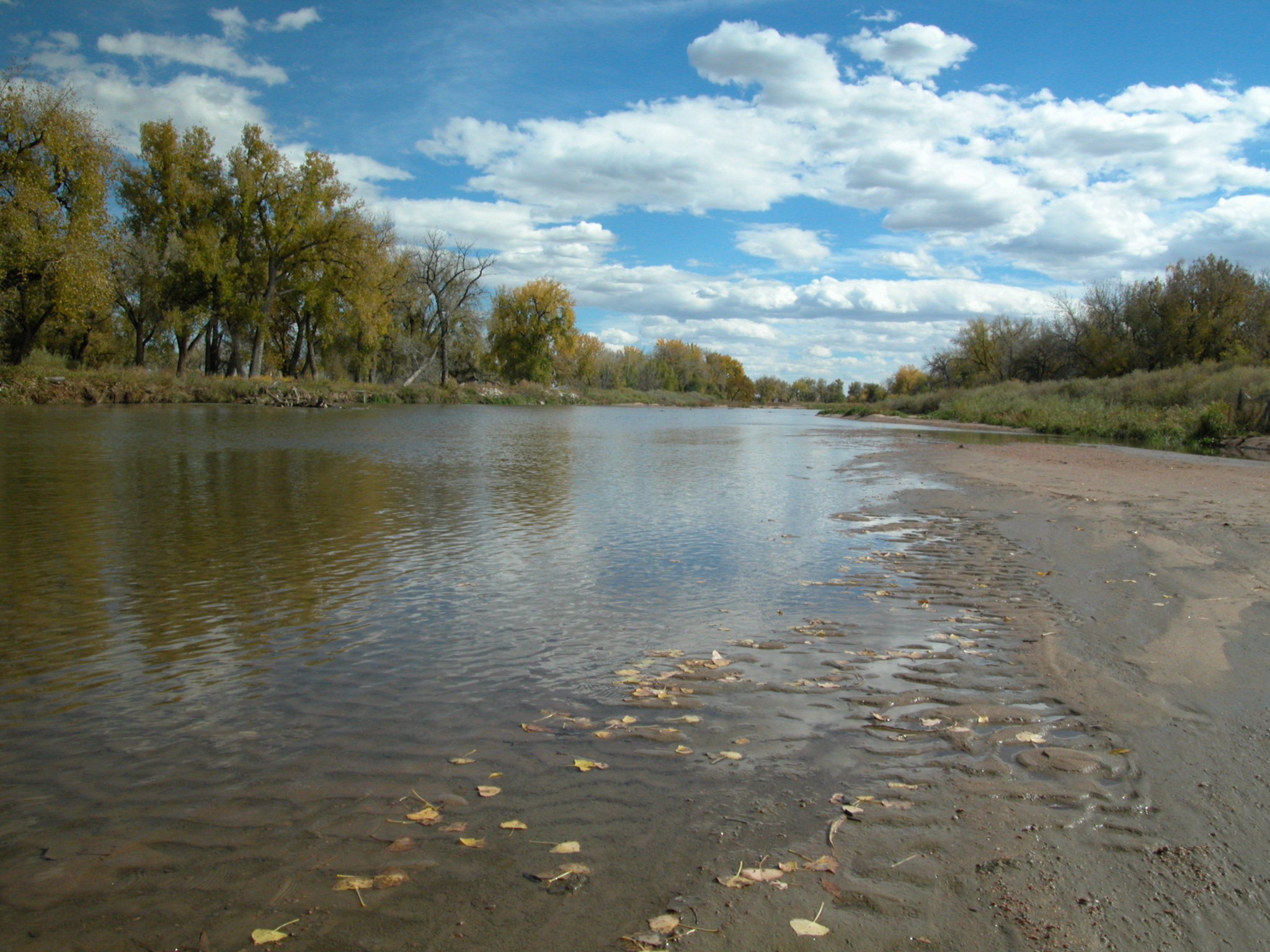William M. Lewis, Jr.

Ph.D. Indiana University at Bloomington, 1973
Director, Center for Limnology
Professor, Ecology and Evolutionary Biology
E-mail: lewis@spot.colorado.edu
Office: CIRES 266
Phone: 303-492-6378
Web: Center for Limnology
Research Interests
Aquatic ecosystems, tropical fresh waters, biogeochemistry of inland waters, nutrient cycling, aquatic food chains.
Current Research Projects: Nitrogen takes a detour along the South Platte
In aquatic environments, ammonia (NH3) released from organic nitrogen (total oxidized nitrogen, TON) by microbes is oxidized to nitrate (NO3-) by the nitrification process of other microbes in the presence of oxygen through a series of steps involving nitrite (NO2-) as an intermediate (see figure). The result is an increase of nitrate and a decrease in ammonia and TON in the environment. In addition, nitrate, when entering aquatic sediments where oxygen is absent, is converted by microbes through the process of denitrification to N2 gas, an inert end product that corresponds to elimination of nitrogen pollution from the aquatic environment. These processes occur at very high rates in the South Platte River, which, like many other rivers that lie within the drainage of large population centers, receives substantial amounts of ammonia and nitrate from treated wastewater and agricultural practices. The two processes can be quantified based on mass balance of the input and output components for reactions as shown in figure.

Summary of nitrogen fluxes relevant to concentrations of ammonia (NH3) and nitrite (NO3-), important pollutants in the South Platte River below Denver.
Selected Publications
Lewis, W. M. Jr, and W. W. Wurtsbaugh. 2008. Control of Lacustrine Phytoplankton by Nutrients: Erosion of the Phosphorus Paradigm. Internat. Rev. Hydrobiol. 93: 446-465.
Lewis, W. M. Jr. 2002. Causes for the high frequency of nitrogen limitation in tropical lakes. Verh. Internat. Verein. Limnol. 28: 210-213.
Lewis, W. M. Jr. 2001. Wetlands Explained. Wetland Science, Policy, and Politics in America. Oxford University Press, New York, NY.
Lewis, W.M., Jr. 2002. Yield of nitrogen from minimally disturbed watersheds of the United States. Biogeochemistry 57/58: 375-385.
Lewis, W.M., Jr., S.K. Hamilton, M.A. Lasi, M. Rodriguez, and J.F. Saunders, III. 2001. Foodweb analysis of the Orinoco floodplain based on production estimates and stable isotope data. Journal of the North American Benthological Society 20: 241-254.
Lewis, W.M. Jr., S.K. Hamilton, M.A. Lasi, M. Rodriguez, and J.F. Saunders, III. 2000. Ecological determinism on the Orinoco floodplain. BioScience 50: 681-692.
Honors and Awards
- Past President, American Society of Limnology and Oceanography
- Member of the National Research Council's Water Science and Technology Board, 1993-1999
- Recipient of the Naumann-Thienemann Medal of the International Society of Pure and Applied Limnology, 1999
- Sustained Achievement Award of the Renewable Natural Resources Foundation, 1996
- Chair, National Research Council Committee on Endangered and Threatened Fishes in the Klamath River Basin (2001-2003).
Professor Lewis is a CIRES Fellow.

